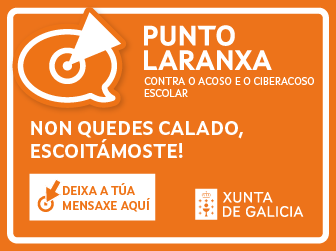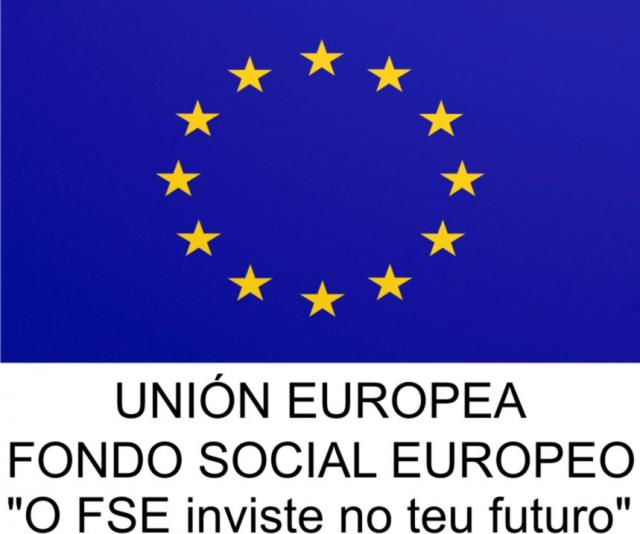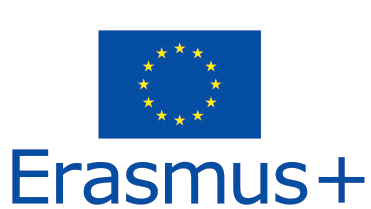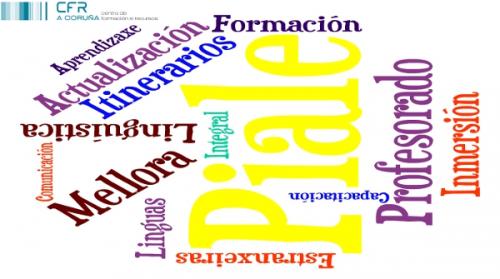PROGRAMACIÓNS DIDÁCTICAS. CURSO 2021-2022
ADDENDAS ÁS PROGRAMACIÓNS
4º ESO
Nota: a programación de Inglés de 1º e 2º de FPB pódese atopar nos departamento de Lingua castelá e literatura e de Lingua galega e literatura, respectivamente, xa que o estudo da lingua inglesa neste ensino intégrase no módulo de Comunicación e Sociedade I e II, respectivamente.
About International Women's Day 2019
International Women's Day (IWD) is celebrated annually on March 8.
The day has occurred for well over a century, with the first IWD gathering in 1911.
The day is not country, group or organization specific - and belongs to all groups collectively everywhere.
Gloria Steinem, world-renowned feminist, journalist and activist once explained:
"The story of women's struggle for equality belongs to no single feminist nor to any one organization but to the collective efforts of all who care about human rights."
So make International Women's Day your day!!! and do what you can to truly make a positive difference for Women.
Vera Rubin (1928–2016)
Observational astronomer who confirmed the existence of dark matter.
Vera Cooper Rubin was a pioneering astronomer, an admired role model and a passionate champion of female scientists. Her groundbreaking work confirmed the existence of dark matter and demonstrated that galaxies are embedded in dark matter halos, which we now know contain most of the mass in the Universe.
Vera Rubin passed away on 25 December 2016, aged 88. She was born in Philadelphia, Pennsylvania in 1928. She moved with her family to Washington DC when she was 10. Her fascination with the night sky was evident at an early age. She would peer out of her bedroom window and wonder what caused the stars to move across the sky, or why the Moon seemed to follow her as she rode in the back seat of her parents’ car.Her insatiable desire to understand the Universe led her to study at Vassar College in New York state, which she chose because the first professional female astronomer in the United States, Maria Mitchell, had taught there in 1865–88.
Rubin graduated in 1948 as the only astronomy major in her class, and was married the same year. She earned her master’s degree at Cornell University in Ithaca, New York, then moved with her husband to Washington DC, where she received her PhD from Georgetown University in 1954. Her PhD thesis demonstrated that galaxies are clumped rather than evenly distributed in space — a surprising and crucial finding, the importance of which was not recognized until many years later. After teaching at Georgetown, Vera accepted a research position in 1965 at the Carnegie Institution’s Department of Terrestrial Magnetism in Washington DC, where she remained for the rest of her career. There she conducted her groundbreaking research. The nature of dark matter is one of science’s great unsolved mysteries. Rubin made her discovery by working closely with her colleague Kent Ford. She mentored generations of young astronomers in the investigation of galaxy dynamics and dark matter. She was deeply loved and admired by all who knew her.
In spite of the numerous obstacles she faced as a female scientist, Rubin triumphed. She was always cheerful, passionate and persistent. She had wanted to attend graduate school at Princeton University in New Jersey, but was denied because the university did not accept women at the time (Princeton awarded Rubin an honorary degree in 2005). She wanted to use the Hale telescope at the Palomar Observatory in California, but was denied because the facility did not allow women to do so until the 1960s. She paved a path for women not only by encouraging and inspiring them, but also by pressing for them to be hired for faculty positions, to be awarded honours and to be invited to speak at conferences. If too few women were listed as speakers, she would demand that organizers add more.
As Vera liked to say,
“Worldwide, half of all brains are in women.”
Vera’s accomplishments have been recognized by numerous honours, including the US National Medal of Science, the Gold Medal of the Royal Astronomical Society in London, the Gruber Foundation Cosmology Prize, the James Craig Watson Medal of the US National Academy of Sciences and many honorary degrees. She was widely seen as deserving of a Nobel prize for her pivotal observations. Vera’s legacy as the ‘mother’ of flat rotation curves and dark matter will be forever remembered, as will her role in mentoring and inspiring generations of scientists, male and female.
(excerpt from Obituary published in the scientific magazine NATURE,2 FEBRUARY 2017)
|
|
| Adxunto | Tamaño |
|---|---|
| PROGRAM.1º ESO.2021-2022.pdf | 208.37 KB |
| PROGRAM_ 2º ESO 2021_2022..pdf | 207.69 KB |
| Programación Inglés 3º Eso 2021-22.pdf | 1.46 MB |
| Programación Inglés 4º ESO 2021-22.pdf | 535.02 KB |
| programación 1º BAC 2021 2022.pdf | 776.9 KB |
| Programación Inglés 2º Bach 2021-22.pdf | 1.28 MB |
| Programación Inglés ESA 2021-22.pdf | 308.16 KB |
| Adenda aos Criterios sobre a avaliación 1ºeso..pdf | 540.37 KB |
| Adenda aos Criterios sobre a avaliación 2ºeso..pdf | 540.28 KB |
| Adenda aos Criterios sobre a avaliación de inglés en 3º Eso.pdf | 699.06 KB |












